Mistaken marriages, passionate affairs, tragic deaths, richly interwoven with folklore and superstition. This is the complex concoction contained in The Return of the Native, one of Thomas Hardy’s great novels. Hardy set his narrative on the semi-fictional Egdon Heath, a “vast tract of unenclosed wild” that assumes a claustrophobic, controlling influence on his characters. Hardy’s Egdon Heath has many of the features of the heath landscape that once filled the space between Dorchester and Bournemouth. I wanted to experience Egdon so, on a warm, humid day towards the end of July, I went to Winfrith Heath one of the surviving fragments of this Dorset heathland.

I followed a sandy soil track on to the heath, descending gradually between borders of gorse and low trees. As I gained distance from the road, long views opened up across the gently undulating terrain surrounding me and an eerie quiet descended, broken only by trains passing on the heath-edge line. Apart from the occasional stunted tree and a few drifts of pale green bracken much of this part of the heath appeared featureless and barren.
Closer inspection, however, revealed some of the heath’s special wildlife. Near the path edge, the cheerful purples, pinks and violets of the three common species of heather showed well. These heathers flourish across the heath alongside rough grasses and gorse, and their bright pastel-coloured flowers lend a purple-pink tinge to long views at this time of year, the colour augmented by sunshine but lost in a mass of dull browns and greens when cloud covers. Large, metallic blue and green emperor dragon flies, the size of small birds, were attracted to the ponds scattered across the heath. They swept back and forth across the water making repeated, aerial, hairpin turns in a constant search for insect food. Heather spikes dipped momentarily when yellow-striped bumblebees moved among the flower-bells collecting pollen and nectar.
The sandy path levelled out. Heathland now spread extensively on both sides and, together with the grey cloud cover, created a claustrophobic feeling. Ahead of me was a band of trees with a gate and standing water. The trees mark a drainage ditch feeding into the Tadnoll Brook, a chalk-stream tributary of the River Frome. I crossed the ditch on a very solid brick bridge, and was transported to a different world, one of damp meadows and thick rushy grass. The wet meadow, soggy underfoot, was dominated by untidy stands of shoulder-high marsh thistles with multiple, prolific, spiny stems. Each stem was topped by a starburst of flower heads, a mixture of shaggy purple flowers and brown and white fluffy seed heads. Between the thistles, the lemon-yellow cushion flowers of bird’s foot trefoil scrambled through the undergrowth and, as I walked, pale brown grasshoppers soared in long arcs from the rough grass, seeking safety away from me.
Butterflies danced around the unruly thistle flowers like confetti caught in the breeze, pausing occasionally to take nectar. Small tortoiseshell, marbled white and peacock resembled colourful modernist stained glass and a pair of gatekeepers performed an airborne ballet. This enclosed wetland felt like a land of plenty, a land of unconstrained, fulsome growth. Even in high summer, however, the meadow was wet and marshy so that after winter rain the area will become boggy and treacherous. A group of cows lurked in a corner of the meadow watching me; they help to control growth of vegetation but create further hazards for the unwary walker.
These two very different habitats, the larger lowland heath and the smaller wet meadow make up the majority of the Winfrith reserve as we see it today but the area hasn’t always looked like this. Until the Bronze Age, this land was covered with forest (birch, pine, hazel, elm, oak) but 3-4000 years ago trees began to be felled exposing the underlying soil. Nutrients were gradually washed away from freely draining soils leaving behind a relatively acidic surface where heathers and gorse flourished, eventually creating the heath we see today. This landscape was maintained and scrub encroachment prevented through a combination of grazing by cattle and ponies and by heathland practices such as furze, turf and peat cutting.
Heathland once stretched from Dorchester in the west to the Avon Valley in the east but much has been lost following changes in agricultural practices or through building; a large part of Winfrith Heath was swallowed up when the nuclear research facility was built in the 1950s and still lies behind forbidding fences. Today, only 15% of the original heath is left but what remains is a very important and rare landscape and part of Dorset’s history. Its importance as a special habitat supporting rare species such as the Dartford warbler and the nightjar is recognised by its designation as a Site of Special Scientific Interest but the heathland is still threatened directly or indirectly by development.
But did I get any sense of what Hardy’s Egdon Heath was like from my visit? Even on a small area like Winfrith, there was a definite sense of isolation in the central part of the heath, and that feeling was only partially lifted when the sun shone and the heath took on some colour. So, if it’s solitude you are after, then it’s a perfect place. One person’s solitude is, however, another person’s loneliness and it’s not difficult to see how Egdon might have depressed some of Hardy’s characters. Neither is the heath a benign environment; care is required in all seasons but in winter, it is bleak, brown and very windy with boggy areas dangerous especially after wet weather. Having said all that, the heath does have an undeniable grandeur but its very rarity as a landscape nowadays means that we may not know how to react to it. Perhaps like Hardy’s “survivors” we should simply accept and embrace the heath for what it is, foibles and all.
Winfrith Heath lies to the west of Gatemore Road in Winfrith Newburgh and a Dorset Wildlife Trust information board marks the entrance.
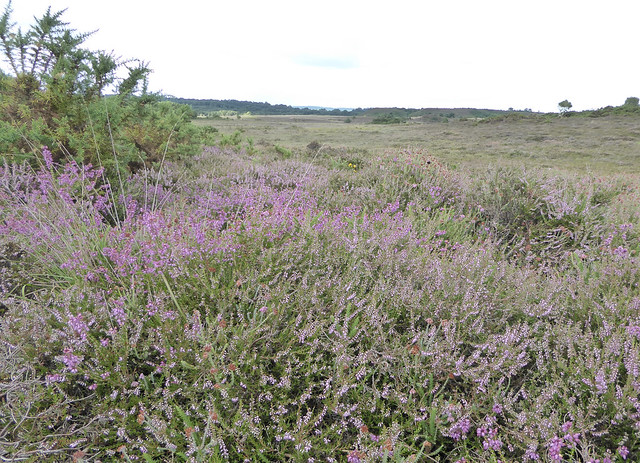

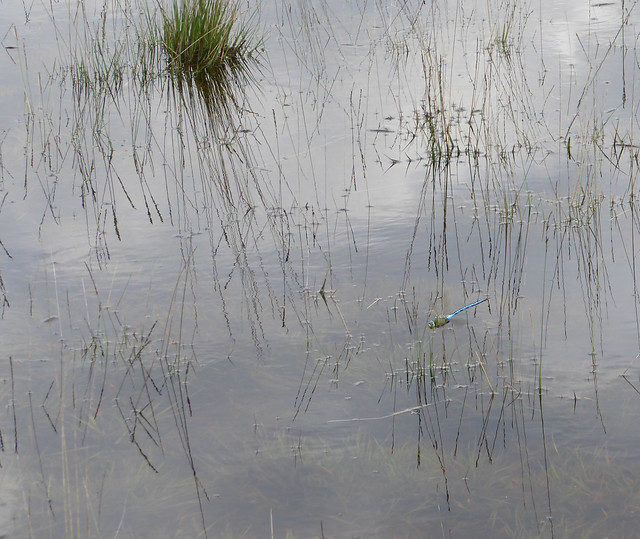
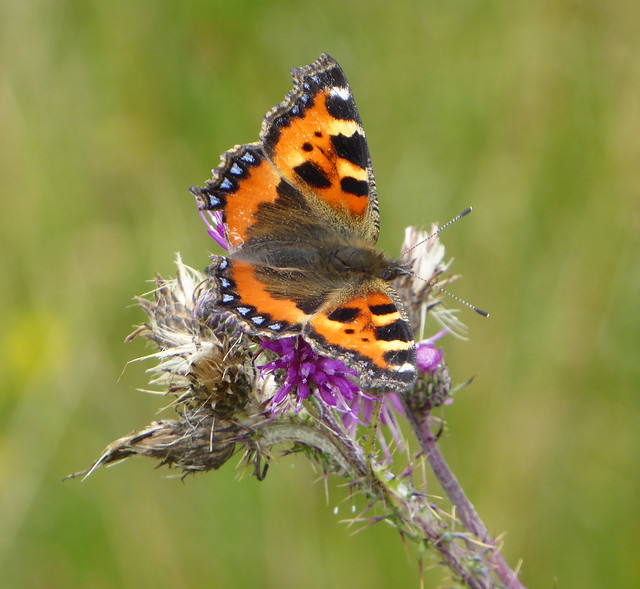
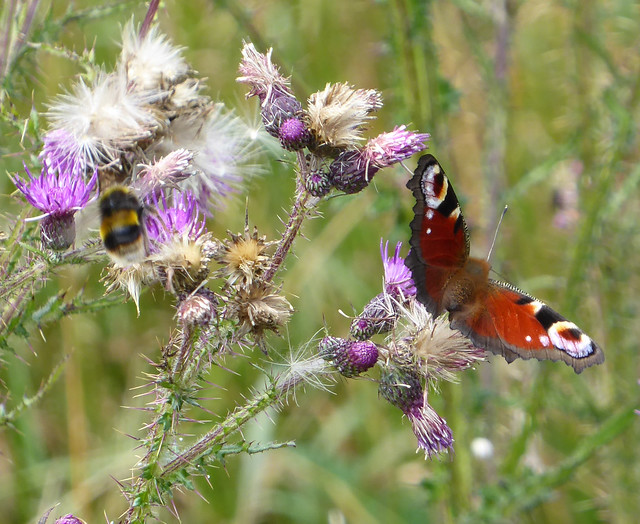
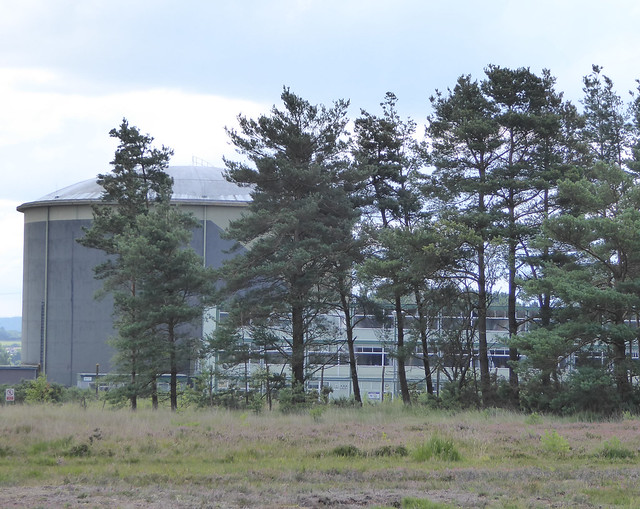
This article appeared in the September 2017 edition of the Marshwood Vale Magazine
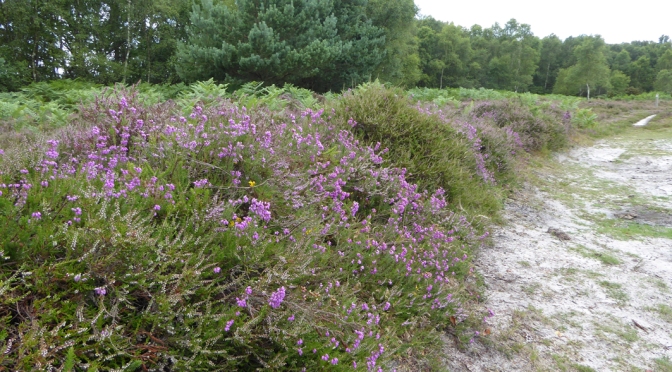

There’s been a lot of conservation/restoration work going on at Winfrith and Tadnoll over the last few years, as you can see from this major project at http://www.dorsetwildlifetrust.org.uk/New_ponds_on_DWT_reserve_attract_rare_wildlife.html Great to hear about it from your perspective as a visitor as well!
LikeLike
Thanks, Jane, I had read about the new ponds but didnt have enough space to mention them in the magazine.
LikeLike
You captured a lot of beauty through images and words.
LikeLike
Thanks, Frank, much appreciated.
LikeLiked by 1 person
We used to walk and cycle on Winfrith Heath when we lived in Weymouth. Strangely enough, I just been reading about an article written about Winfrith Heath in 1960.There was concern that the bogs would be drained, the streams piped and the whole area built on. Luckily it would still be recognisable to them today – with few people and still a home to lots of wildlife. Sarah x
LikeLike
Thanks Sarah, it’s good that Winfrith, or at least part of it, survives mostly intact.
LikeLike
Not an area I know very well, Phillip – at least outside the pages of Hardy of course. Having read so many of his books I should explore it more – rather than just Casterbridge, which I’ve visited a few times! Dave
LikeLike
Thanks Dave, it’s well worth a visit and parts of Dorset have not changed radically since Hardy’s time. He might, however, find Casterbridge very different and the King’s Arms, where I believe Henchard stood in the Mayor of Casterbridge, is currently closed.
LikeLike
I really enjoyed your description. I feel sad that I missed all of this when I lived so close by, totally ignorant of what was under my feet. I am sure your writings will open other peoples eyes to what they could be missing. Amelia
LikeLike
Thanks Amelia, I dont think I knew much of this either when I was growing up in Poole and it’s taken me a long time to “come back”.
LikeLiked by 1 person
Congratulations on the publication, Philip – always lovely to have something in good old-fashioned print! I still haven’t read The Return of the Native, and to hear that so little of the heath is left makes me feel rather sad, like I only have so much time left to read it, or that somehow the area’s being built upon and our disconnection from the classics are related… sigh! Great post as always, Laura
LikeLike
Thanks Laura, sorry to be so slow to respond. I really can recommend the Return of the Native, elemental stuff!
LikeLiked by 1 person